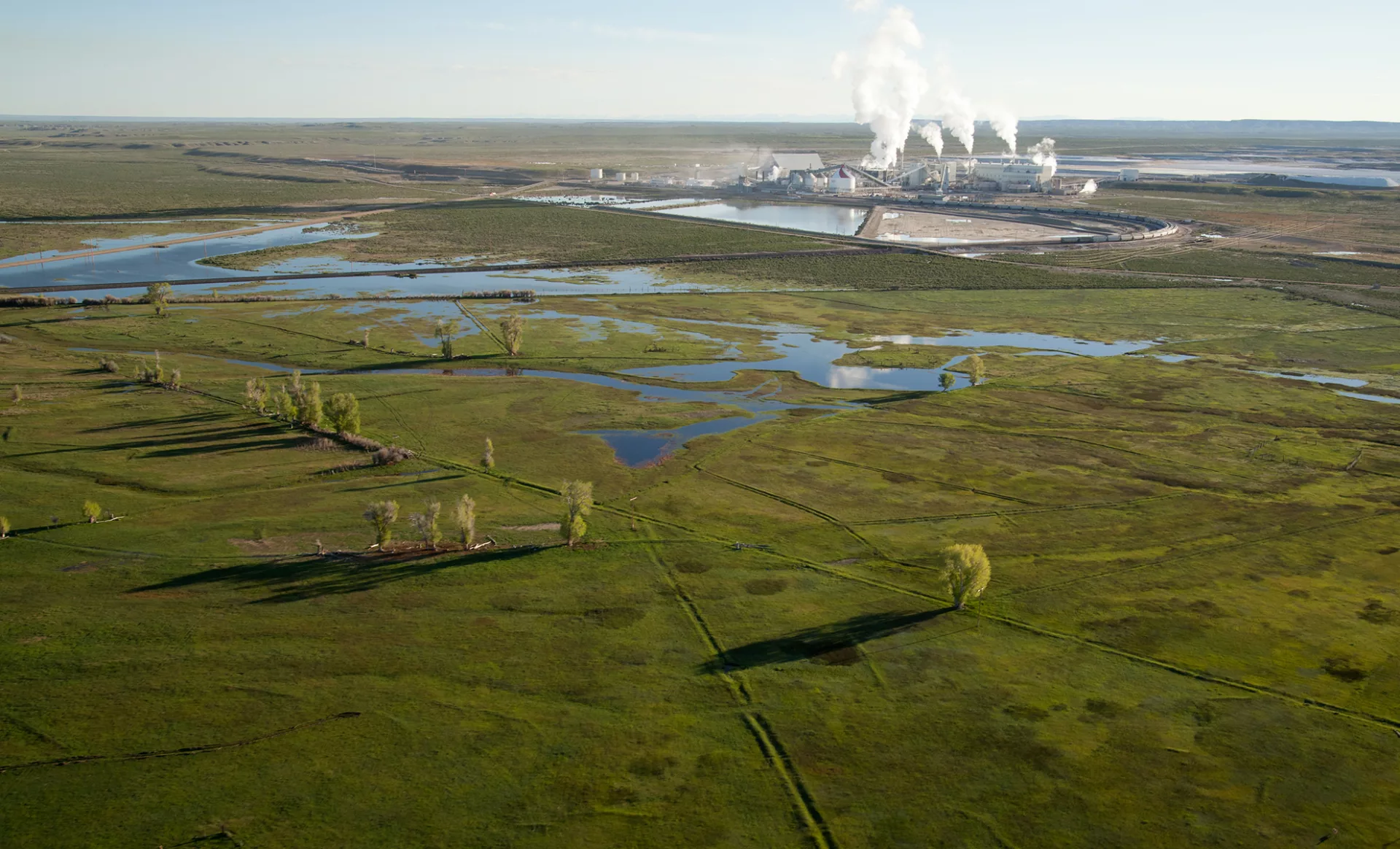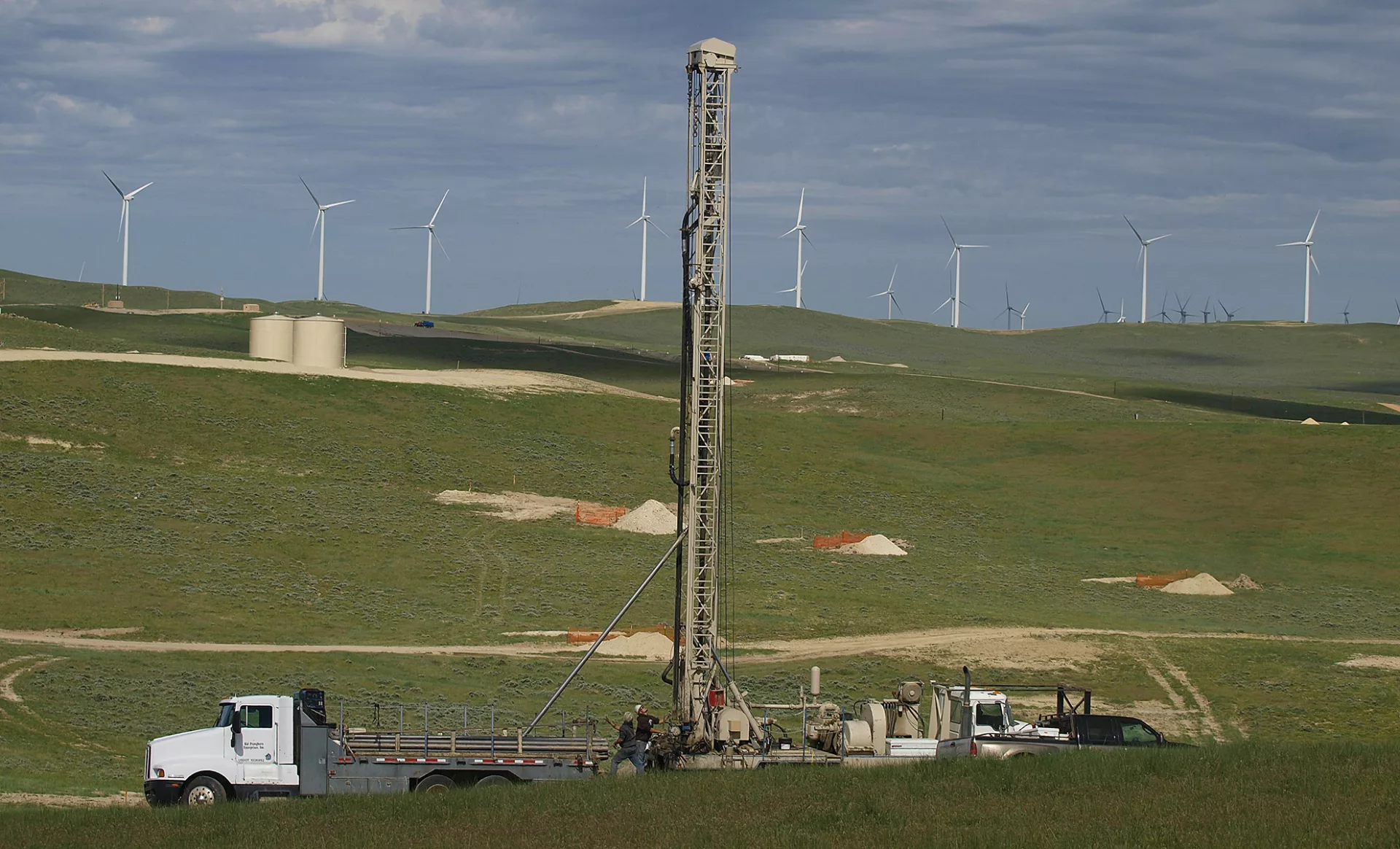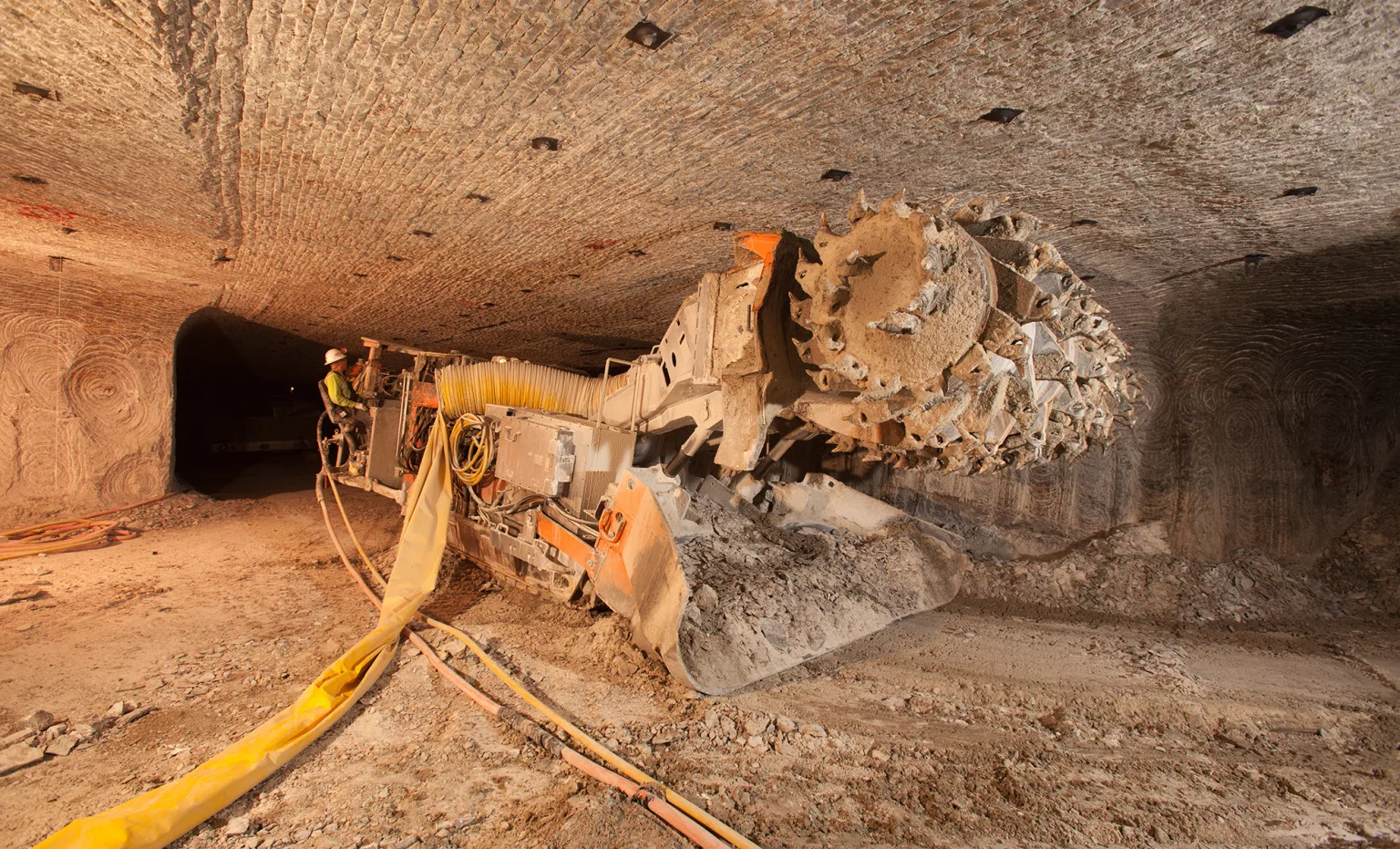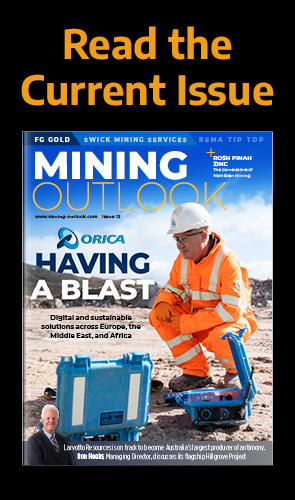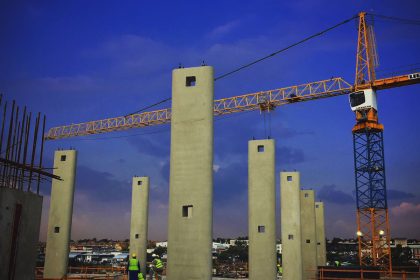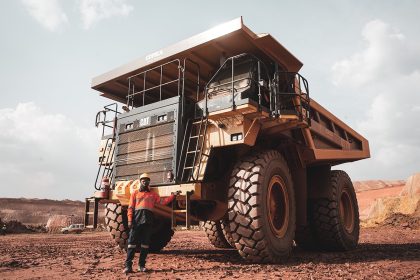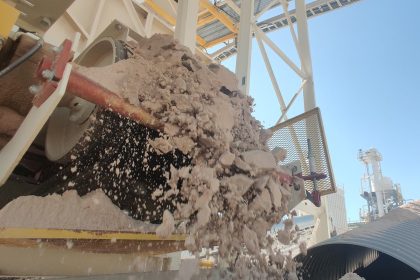- INTRODUCTION
- Q&A: WYOMING MINING ASSOCIATION
- Tell us about WMA’s inception – how did it come about and what is its vision?
- Could you describe the current industry climate?
- Has the association got any projects in the pipeline that you wish to highlight?
- Finally, are you optimistic about the future of the mining sector in Wyoming?
- WYOMING MINING ASSOCIATION PARTNERS
INTRODUCTION
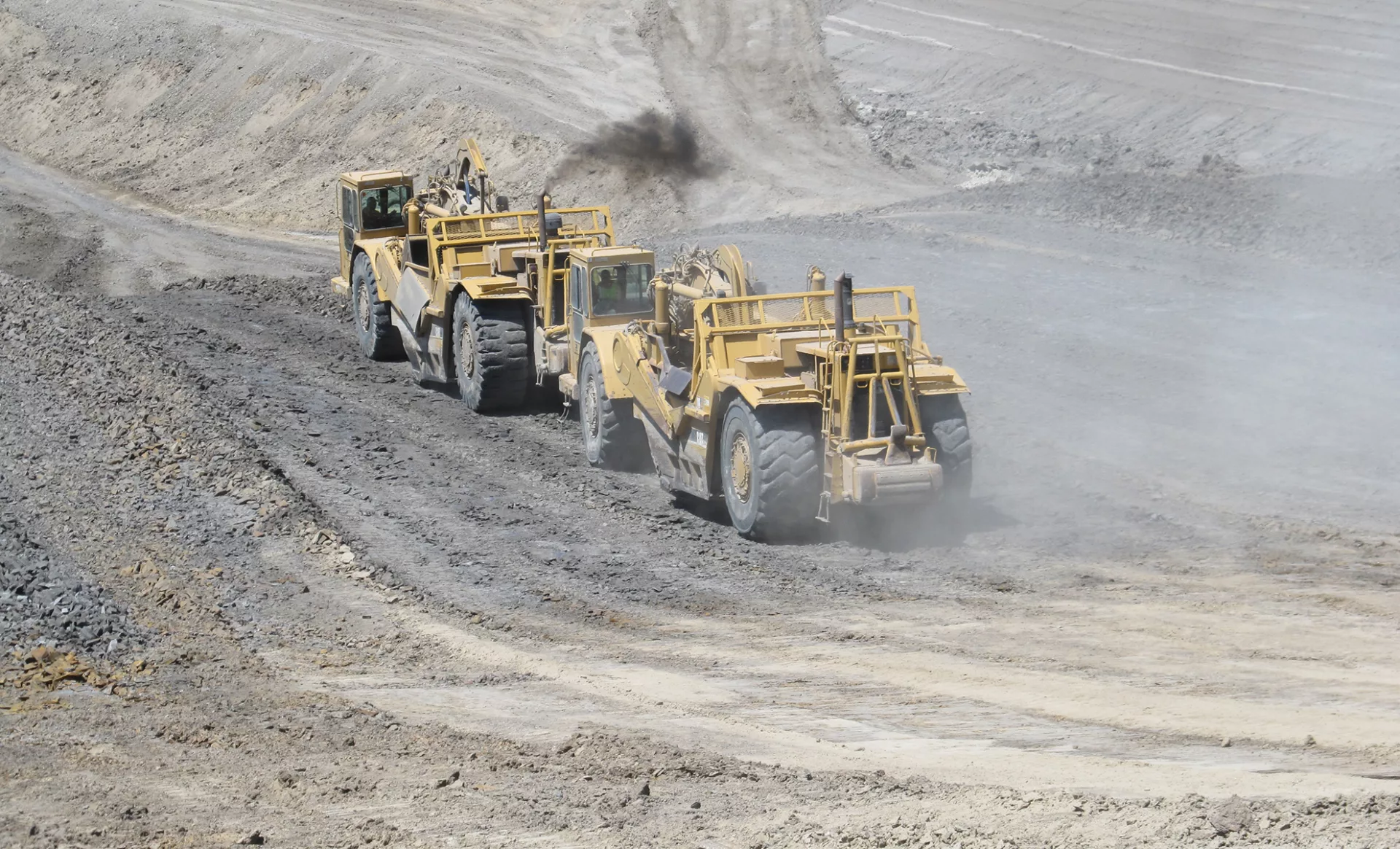
Q&A: WYOMING MINING ASSOCIATION
Tell us about WMA’s inception – how did it come about and what is its vision?
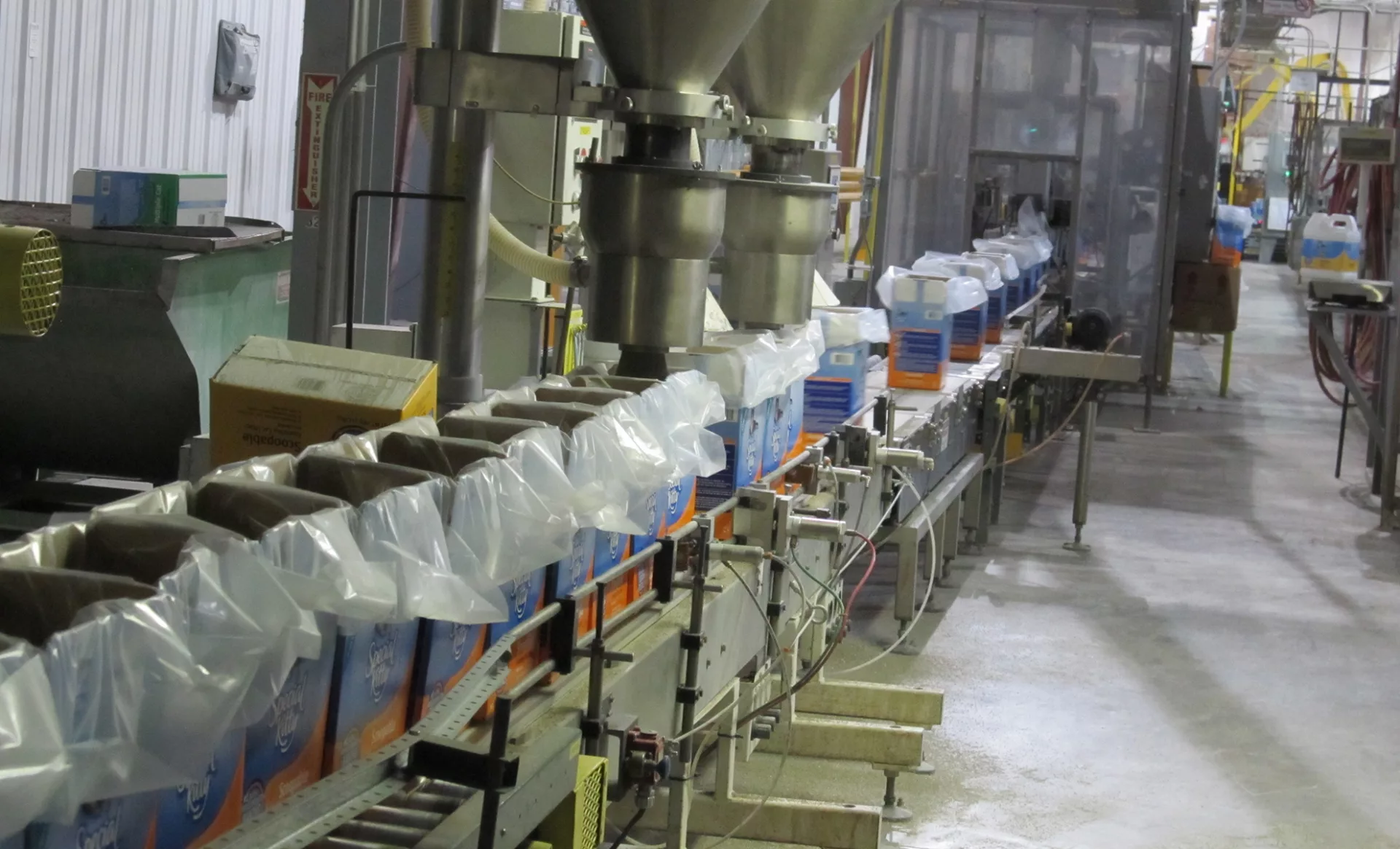
Could you describe the current industry climate?
TD: We are facing some interesting times right now. At a federal level, extraction, of coal in particular, is not looked upon favorably and the government is actively pursuing measures to keep some of our materials in the ground. In all honesty, it’s tough right now in Wyoming, but the bottom line is we need our resources, and to keep developing them.
Today, we find our largest challenge in the coal industry. As the top producer in the US, coal has traditionally been a bedrock fuel for energy production and electricity generation, and we’d like to see it stay in that mix. However, at a federal level, President Biden has made no secret of his plans to shut down all coal plants in the country and replace them with wind and solar. We fundamentally disagree with that approach, but current policy coming from Washington DC is based on keeping that resource in the ground. That’s very troubling for us, and we’re going to fight hard to continue to push our message that coal-fired generation is essential for the US. It is reliable, affordable, and an abundant resource.
On the other hand, Wyoming has plenty of opportunities in other sectors that have risen to the fore with today’s debate on climate change and global events such as the situation in Ukraine and Russia. In terms of nuclear power, we are the top domestic producer of uranium in the US, and that has been an extremely challenging environment recently. Countries such as China, Russia and Kazakhstan have flooded the market with cheap uranium and made it non-economical to produce it in the US. However, I believe that will change with the events currently taking place across the world.
If we are going to continue to have a viable nuclear generation industry, we have to start looking internally at our fuel supplies for domestic uranium. That will benefit the state of Wyoming and we’re already seeing that start to come to fruition. With global climate change and carbon dioxide emissions issues, nuclear energy really is the silver bullet. There is a lot of opportunity for Wyoming in that area – we have companies on the ground, operations in place, and we just need to follow through on it and start producing uranium domestically.
On the industrial mineral side, our natural soda ash industry is one of tremendous growth and a key economic driver. It’s very much in demand and we are seeing the trona industry expand in Wyoming. We currently produce roughly 24,000 tonnes of soda ash per year, and we expect that to increase. Our competition is mainly synthetic soda ash produced in China, however our markets are strong and we see a lot of opportunity to grow that industry in Wyoming.
Meanwhile, bentonite is unique to Wyoming and again, we are the top producer in the country. The clay of 1,000 uses, we see that industry as steady since it is an incredibly versatile and valuable resource.
Other opportunities are found in the global shift to EVs and renewables – both of which require a lot of rare earth minerals. We have one of the richest deposits of rare earth minerals in North America and we’re working on developing that. Currently, China controls about 97 percent of the global market for that industry. The US has been completely off the playing field in that sector, so we are working on building it from scratch. There is a huge opportunity out there for battery technology and expanding renewable capabilities, and you need those minerals to make it happen. The opportunity in Wyoming is tremendous right now.
Overarching everything is a major challenge which is not unique to Wyoming. It takes a lot of time to develop a new mining operation and that’s mostly due to the regulatory and permitting regimen that we must deal with both at state and federal level. The hoops that you must go through to permit and get a new mine operational are crippling. The good part is that eyes are opening in Congress, and people are gradually recognizing that we need to streamline the process and make it more efficient.
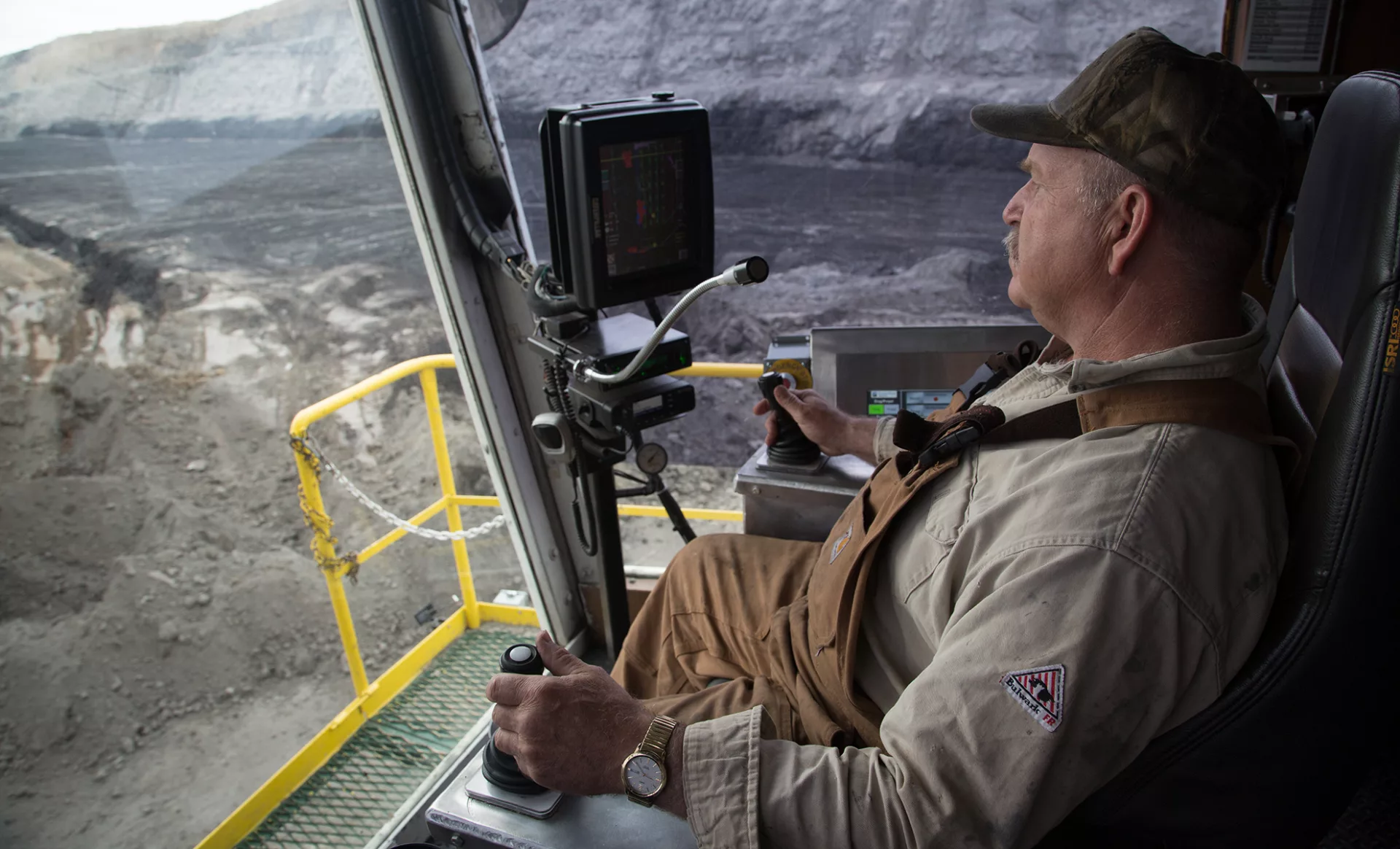
Has the association got any projects in the pipeline that you wish to highlight?
TD: Working very closely with our state regulatory agencies is an ongoing event – our operating sectors meet regularly with regulators to discuss where we can make effective changes in our state regulatory regimen to make our process more effective. It is in the best interests at state level to work together so that we can continue to produce, since production equals jobs and revenue. At a federal level, we are closely in touch with our state congressional delegation to make sure our voice is heard at the table and our issues are front and center, with the goal to boost production.
Finally, are you optimistic about the future of the mining sector in Wyoming?
TD: I’m always optimistic. The fact of the matter is, the US does production better than the rest of the world. Our mining operations are by far the safest and we treat our workers right. We are conscious of our environment, and that is why our regulatory regimen is so strict, because we value our land and human rights. It does make things more challenging, but rightly so. It’s a balancing act, but the bottom line is that if you want to live the American lifestyle with the level of energy that you expect when you flick a light switch on, it comes at a price. And that is domestic production.
